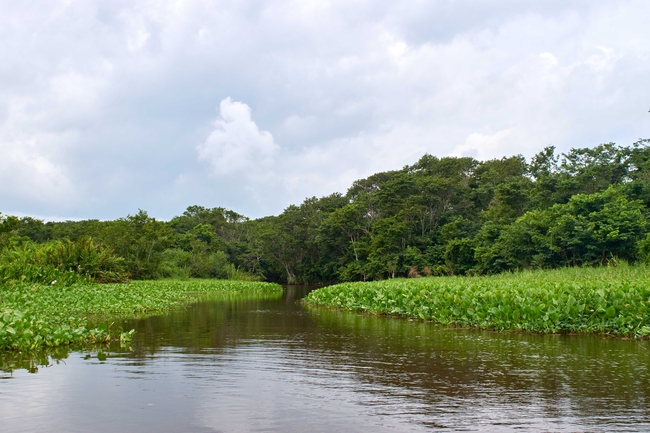Summary
Cuba has 10,000 km2 of 'Blue Carbon' ecosystems, mainly mangrove forests and seagrass beds, and hence a large potential for carbon sequestration. However, as yet nothing is known on the quantity and quality of this natural carbon sink. It is therefore also not included in Cuba's Nationally Determined Contributions (NDCs) to reduce national emissions and adapt to the impacts of climate change.
This project will analyse sediment cores from undisturbed and disturbed mangrove forests and seagrass beds in the large Gran Humedal del Norte de Ciego de Avila wetlands for their biogeochemical composition and calculate carbon stocks. It will provide first estimates of Cuba's 'Blue Carbon' potential and identify potential areas of further research.
Project goals
- To analyze organic matter composition of ssediments from undisturbed and disturbed mangrove forests and seagrass beds.
- To calculate carbon stocks and provide first estimates of Cuba's 'Blue Carbon' potential.
- To identify potential areas of further research.





